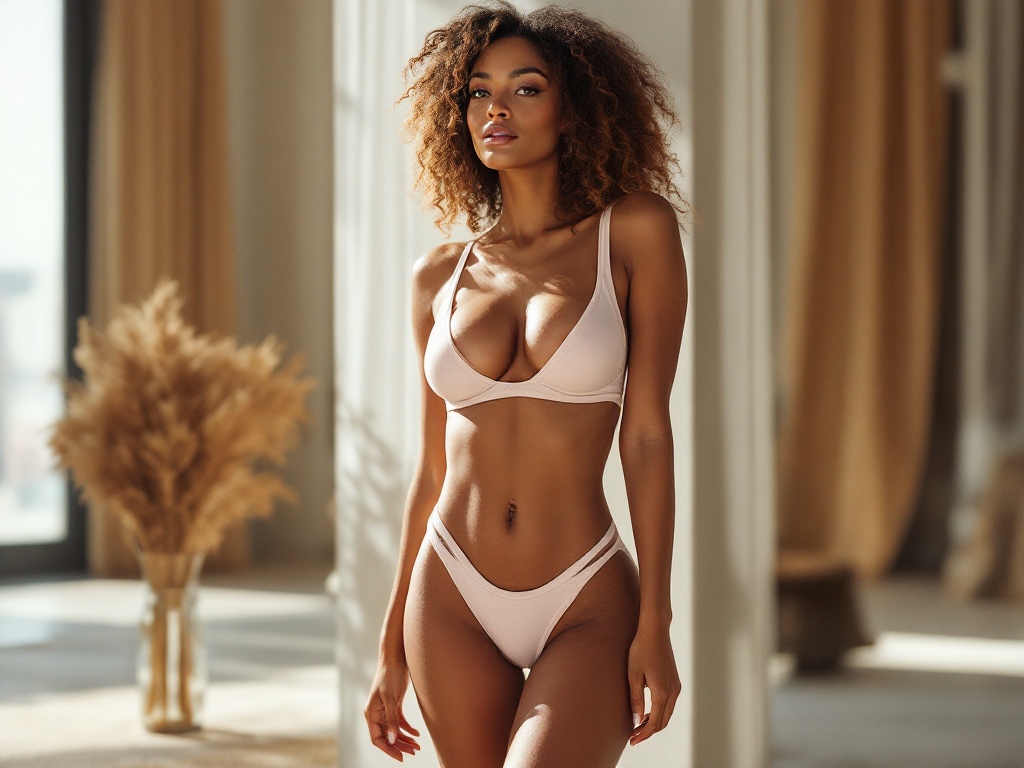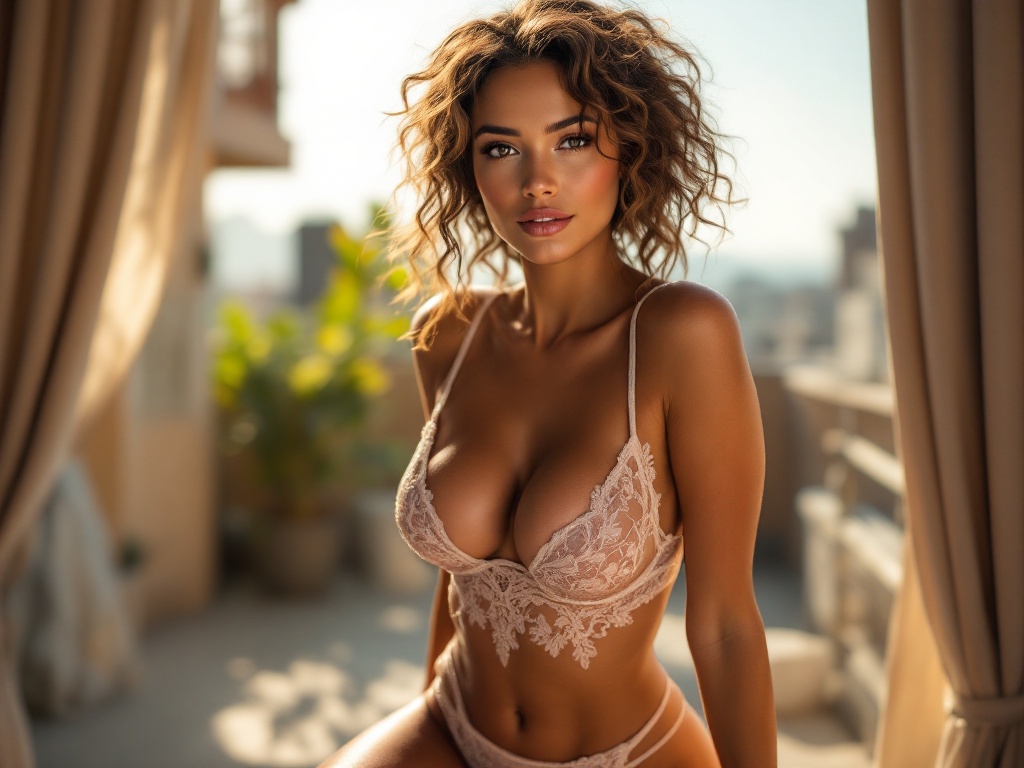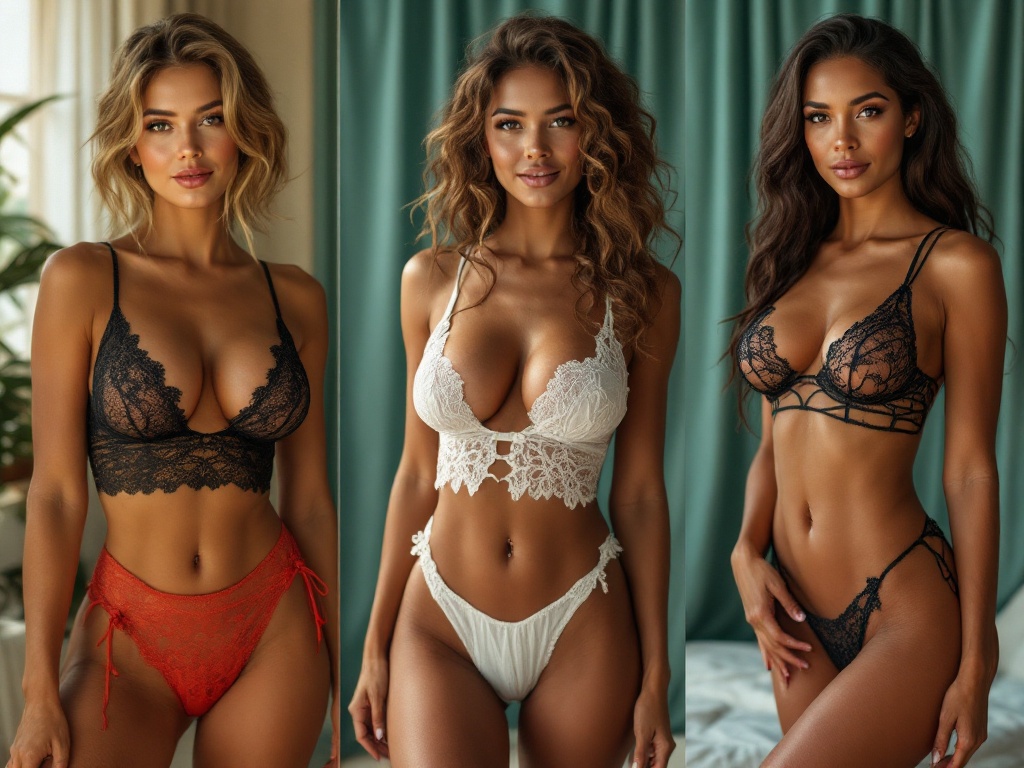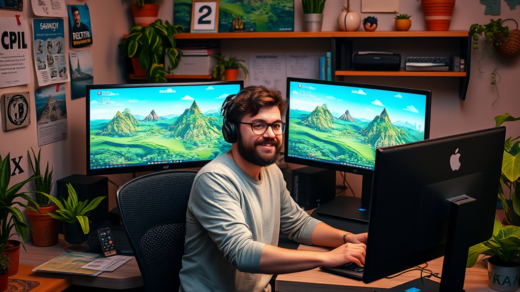In the ever-evolving realm of AI-generated art, the finesse of crafting realistic erotic visuals is continuously advancing. When dealing with nude illustrations, the details become pivotal. The dance between light and darkness can totally transform a mundane picture into an enthralling masterpiece. By mastering these critical elements, artists can evoke deeper emotions and forge a stronger connection with their audience. This article unpacks the fundamental techniques for creating lifelike lighting and shadows that truly animate AI nudes. From grasping the basics to delving into advanced methods, we will explore all that’s needed to produce striking visuals that capture attention.
Crafting believable visuals demands more than mere artistic flair; it requires a profound comprehension of lighting principles. Many creators underestimate the extent to which lighting molds the aesthetic of their pieces. Acquiring expertise in realistic lighting and shadow techniques can boost any artwork from visually pleasant to authentically striking. Furthermore, it can vastly amplify the emotional impact, immersing the viewer in a deeper experience. With AI technology advancing at breakneck speed, now is the opportune moment to enrich your skills and dive into this fascinating world.

Grasping the Essentials of Lighting in Digital Art
Before jumping into techniques, it’s essential to comprehend the vital basics of lighting in digital artwork. Lighting is far more than just illumination; it shapes color, depth, and how the viewer perceives reality. A thoughtfully designed lighting scheme can dramatically change the mood and tone of a piece. Understanding the effects of varying light sources on your art can make a substantial difference. By manipulating aspects like direction, intensity, and hue, you can alter the viewer’s experience significantly.
The Critical Role of Light Direction
Direction of light greatly influences how forms and shapes are perceived. It can impart dimension and texture, a crucial consideration in AI nudes. For example, front lighting sets a completely different mood than backlighting does. By changing the direction of your light source, you can evoke entirely different emotional reactions. This approach can highlight specific features or create a beguiling atmosphere.
Varieties of Light Sources
- Natural Light: Imitates sunlight and fosters soft, diffused effects.
- Artificial Light: Originates from sources like lamps and can be fine-tuned for intensity and hue.
- Ambient Light: Overall illumination that is vital for shadow reduction.
Strategies for Crafting Realistic Shadows
Shadows are just as crucial as light in establishing lifelikeness. They add depth and context to AI nudes, significantly influencing the viewer’s understanding. Strategic shadows can guide the observer’s gaze across the work, contributing to a unified visual experience. Understanding various shadow types and their interaction with light sources is imperative.

Exploring Shadow Varieties
Shadows can be divided into several types, each with unique traits and purposes:
- Cast Shadows: Develop on surfaces opposite the light source, situating the focal point within its environment.
- Form Shadows: These contour the object’s inherent shape and structure.
- Follow-Up Shadows: Emerge from the interplay of objects and their surroundings, enhancing realism.
Applying Shadow Techniques in AI Art
| Shadow Type | Traits | Description |
|---|---|---|
| Cast Shadows | Well-defined edges, clear | Enhances depth behind the object. |
| Form Shadows | Variable, soft edges | Aids in volume perception. |
| Follow-Up Shadows | Nuanced, realistic | Complements gaps left by the light source. |
To create effective shadows in AI art, consider techniques like soft versus hard shadowing, and tweaking shadow color and transparency. Such variations can greatly alter the artwork’s depth and mood. For more atmospheric effects, experiment with shadows lighter than the original source. Mastering these shadow aspects will envelop the audience in a more immersive visual journey.
Advanced Tips for Elevating Realism in AI Nudes
While understanding the basics is critical, advanced strategies can propel your AI nudes to new heights. Utilizing 3D rendering techniques can precisely portray light interactions, leading to an extraordinary true-to-life look. By employing rendering software such as Blender or Maya, artists can more accurately simulate real-world physics, presenting unique challenges and opportunities.

Leverage 3D Rendering Techniques
A more complex layer arises with the adoption of 3D rendering methods, allowing artists to visualize every ray of light more accurately. These tools often come with pre-designed lighting settings, offering numerous exploration possibilities. This approach is especially useful for grasping dynamic interactions between light and various surfaces. Additionally, using 3D modeling can illuminate spatial relationships within the piece.
Venture into Texture and Material Qualities
Materials reflect and absorb light distinctively. Incorporating material properties can boost the realism of your artwork, particularly with skin textures and fabrics. For AI nudes, material subtleties can engage viewers on a sensory level. Fine-tuning textures creates contrasts between supple skin and tougher materials. The more you accurately convey these details, the more your audience will resonate with your art.
Conclusion
Crafting realistic lighting and shadows in AI nudes is a fusion of art and science. By mastering light and shadow principles, using various methods, and experimenting with advanced tools, artists can produce captivating and authentic images that enthrall viewers. Remember, the path to mastering these techniques is ongoing; the artistic landscape is always evolving. As you hone your skills in light and shadow manipulation, both your appreciation of your work and that of your audience will grow. Embrace this process and allow your creativity to thrive.
FAQs
- What is the best method to achieve natural-looking lighting in AI nudes? Employ soft, diffused light and focus on light direction for a natural effect.
- How do shadows enhance the realism of AI-generated art? Shadows provide depth and context, defining shapes and the spatial relationship among objects.
- Are there recommended tools for crafting AI nudes with convincing lighting? Absolutely, using sophisticated rendering software and AI apps that emphasize light simulation boosts realism.
- Can shadow colors be tailored to fit my artwork? Yes, tweaking shadow hues according to the setting and mood greatly enhances visual allure.
- What should be avoided when generating lighting and shadows? Extremely harsh lighting or improper shadow placement can reduce realism; strive for equilibrium and cohesion.


